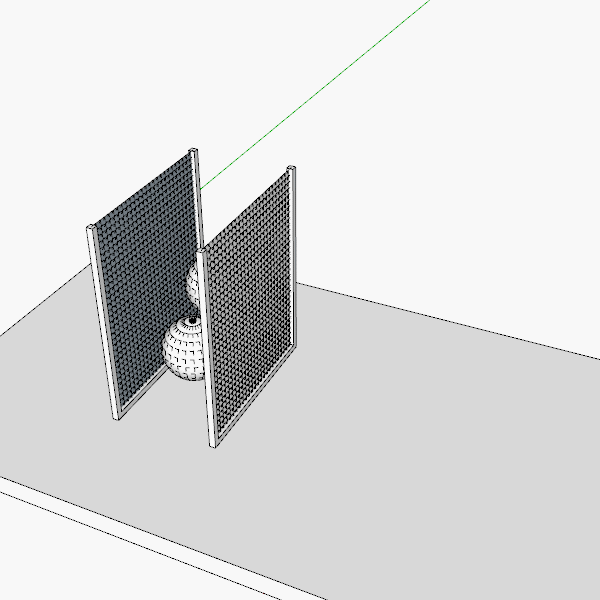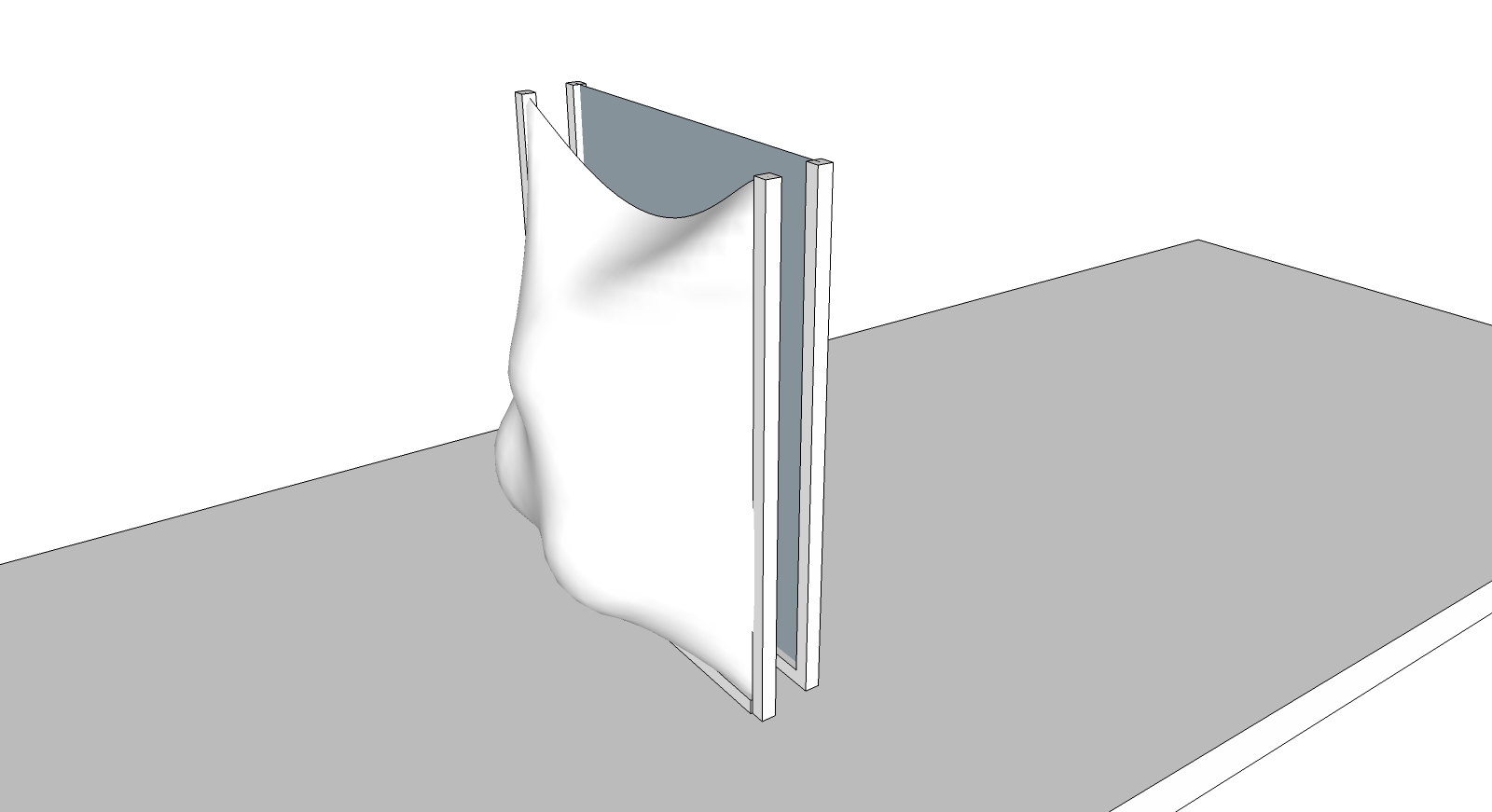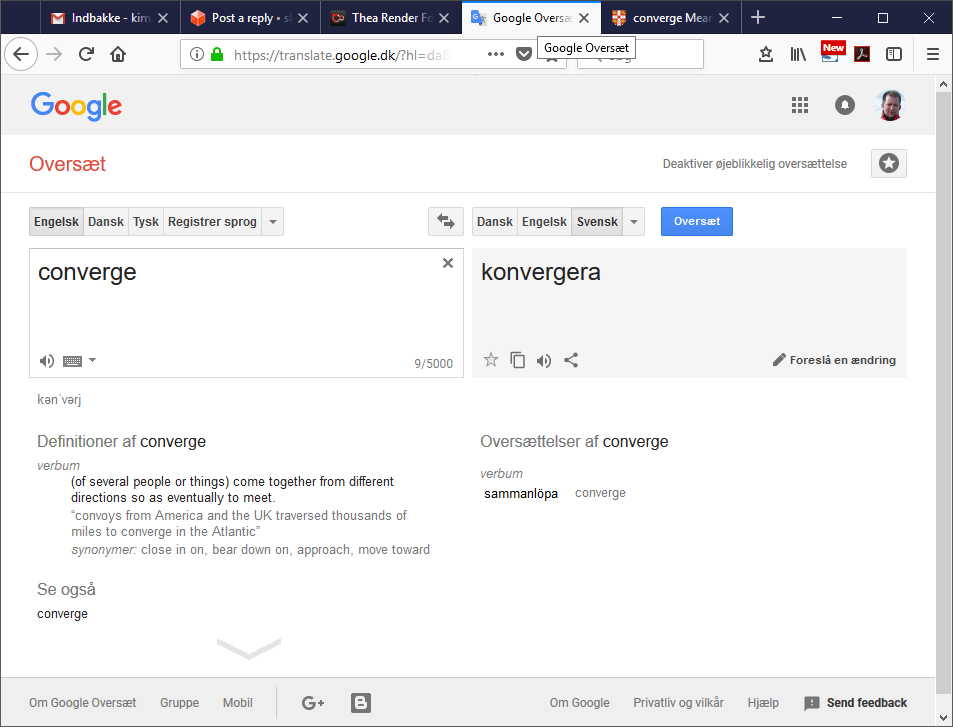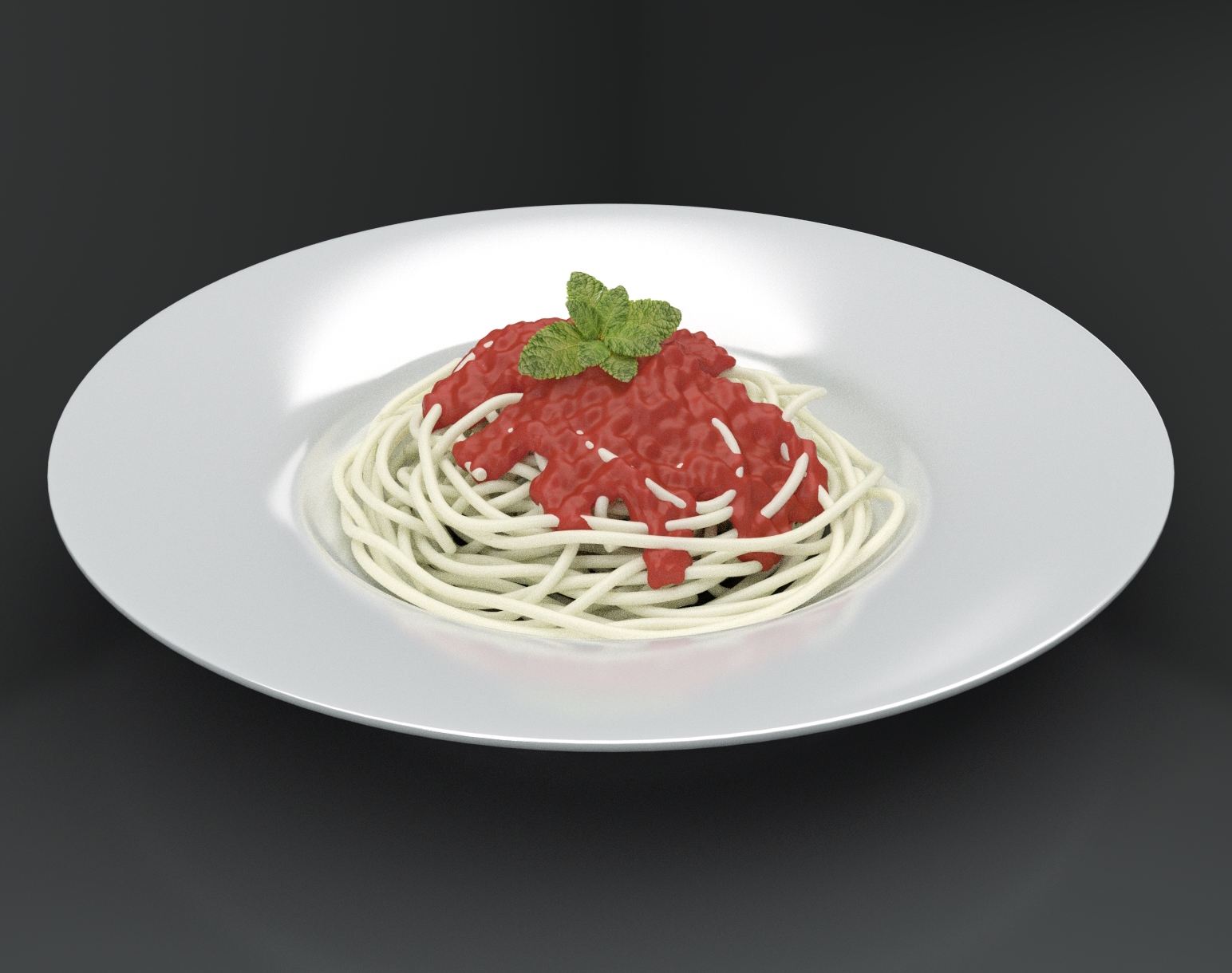[Plugin] ClothWorks v1.8.0 - 28 Apr 2024
-
@oxer said:
HornOxx & Frederik, the trick is to create the frame with 3 elements because if the frame is an unique object ClothWorks creates a box for the pin and this makes that the cloth does not move.
But like I wrote...
I don't have the issue HornOxx is experiencing...
The frame and the cloth moves correct when I click the play button, click the frame and move the frame and cloth by dragging the red arrow that emerge, when I click the frame...

-
REMEMBER: Create the frame with 3 slats to do the cloth moves. See the image of my previous entry.
-
@oxer said:
REMEMBER: Create the frame with 3 slats to do the cloth moves. See the image of my previous entry.
Ok... I've made the frame with 3 slats...
At first I couldn't make it work - because I had grouped them...One IMPORTANT info is missing...
You need to move the frame-pins one by one...
It can't be done by moving all three in one go...

-
Select the 6 slats and converge with shift or ctrl key while you move them, that is the trick
-
@oxer said:
Select the 6 slats and converge with shift or ctrl key while you move them, that is the trick
Got it...

Hold down the shift-key when clicking the pins and then converge...!
This gives me a ton of new options and ideas...
Thanks, Oxer...!

-
For a non native english speaker. Could you explain what converge is?
Googling it didnt help.
-
Bring together.
Move toward each other as if to become one.
Two paths can converge into one and diverge back into two. -
Thanks.
-
@pixero said:
For a non native english speaker. Could you explain what converge is?
Googling it didnt help.
Strange...
I get a lot of results - especially if I write "define: converge" in Google...
Even Google translate has a nice explanation...

-
Nice work with this!
-
@frederik said:
@pixero said:
For a non native english speaker. Could you explain what converge is?
Googling it didnt help.
Strange...
I get a lot of results - especially if I write "define: converge" in Google...
Even Google translate has a nice explanation...
What I meant was simply that I didn’t understood the meaning of the word using Google.
-
@pixero said:
What I meant was simply that I didn’t understood the meaning of the word using Google.
No worries, Jan... I actually just wanted to make you aware of the "define: xxxxx" option available in Google...
I'm fairly sure you would have found reasonable explanation and understanding if you had used that option... -
A new use for ClothWorks, create organic shapes, rendering with Thea Render.

-
Excellent! But it needs a meatball and some grated parm.

-
@dave r said:
Excellent! But it needs a meatball and some grated parm.

It isn't finished, I'm cooking yet.


-
It's a great out of the box use of clothworks, but it just makes me more interested in the msphysics/clothworks hybrid.
I want to drop the clothworks sloppy spaghetti into the bowl using physics.
The combined plugin is more than the sum of its parts. -
The spaghettis are curves-clothes, the plate is a collider, play the simulation and the spaghettis are placed over the plate, so the simulation is very fast. Then you can give volume to the curves-clothes with tape maker plugin. The tomatoe sauce is a cloth too, the spaghettis with volume are colliders and run simulation again.
-
True, but there are refinements to the process that would make things better.
If the spaghetti had proper density so they interact physically with each other and you get the cloth like flexibility with the solidity of pasta.
Or as I mentioned way back, being able to drop solid objects into a flexible container.
Marbles into a bag, or Potatoes into a sack, without having to do all the clever frames and converging. -
That would be fantastic but that is work of the developer Anton, for the moment I use the current possibilities of the plugin.
-
... for you it's just "cooking" - for me it's pure fascinating magic and I'm amazed like a child

A great idea and excellently realized !!
btw, I prefer Spaghetti Arrabiata
Advertisement







